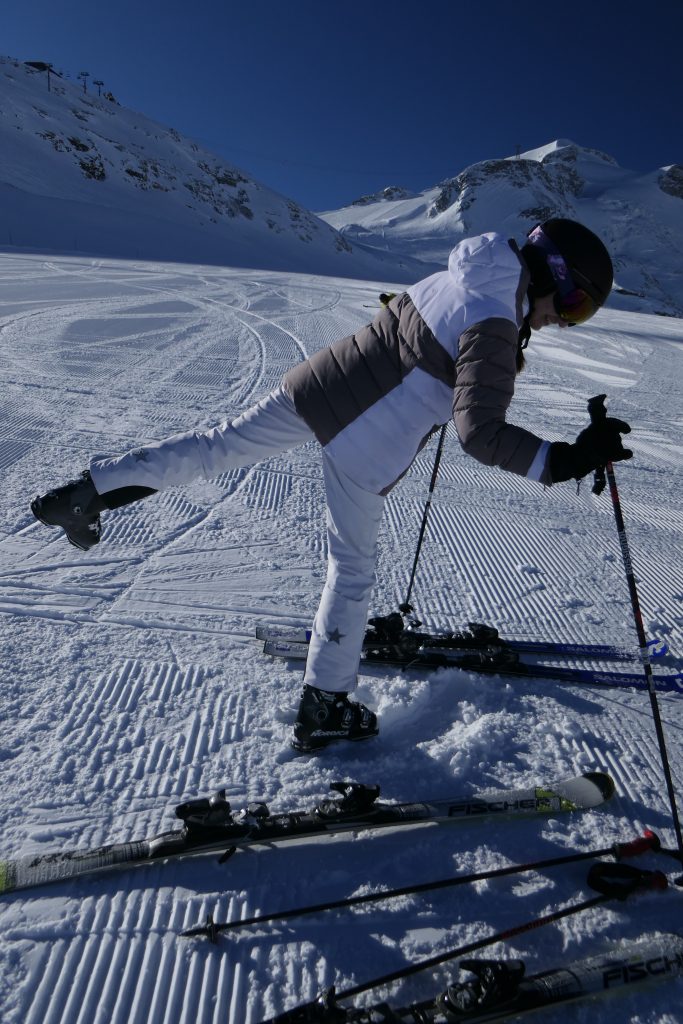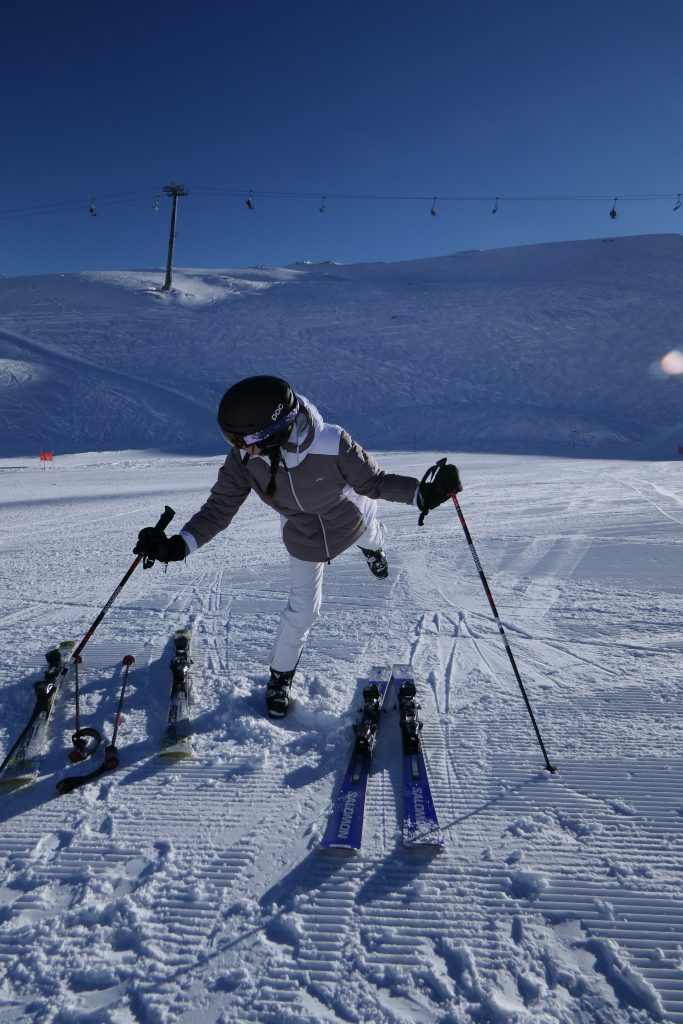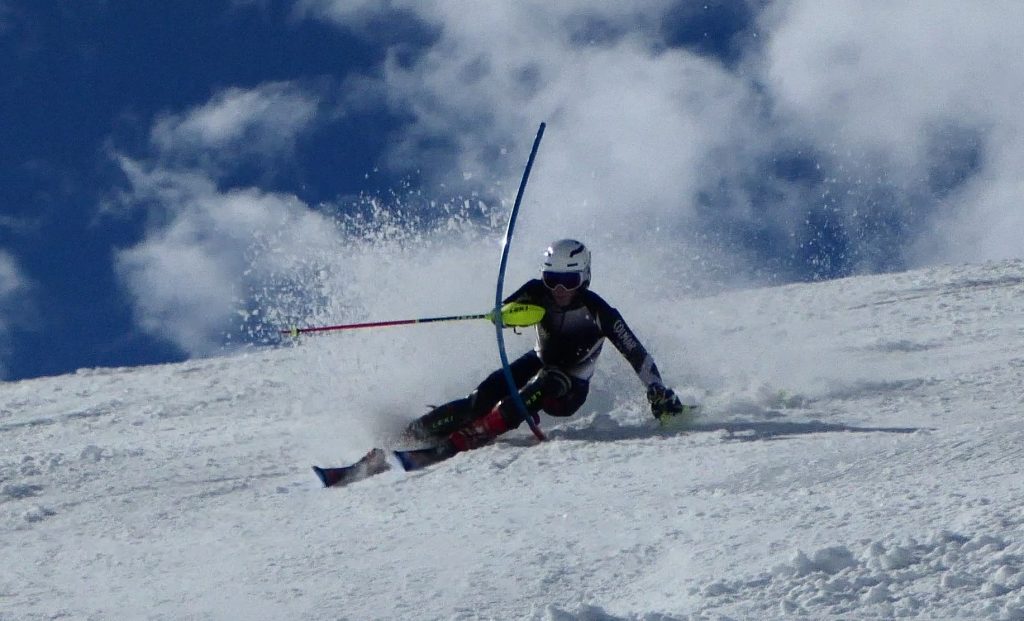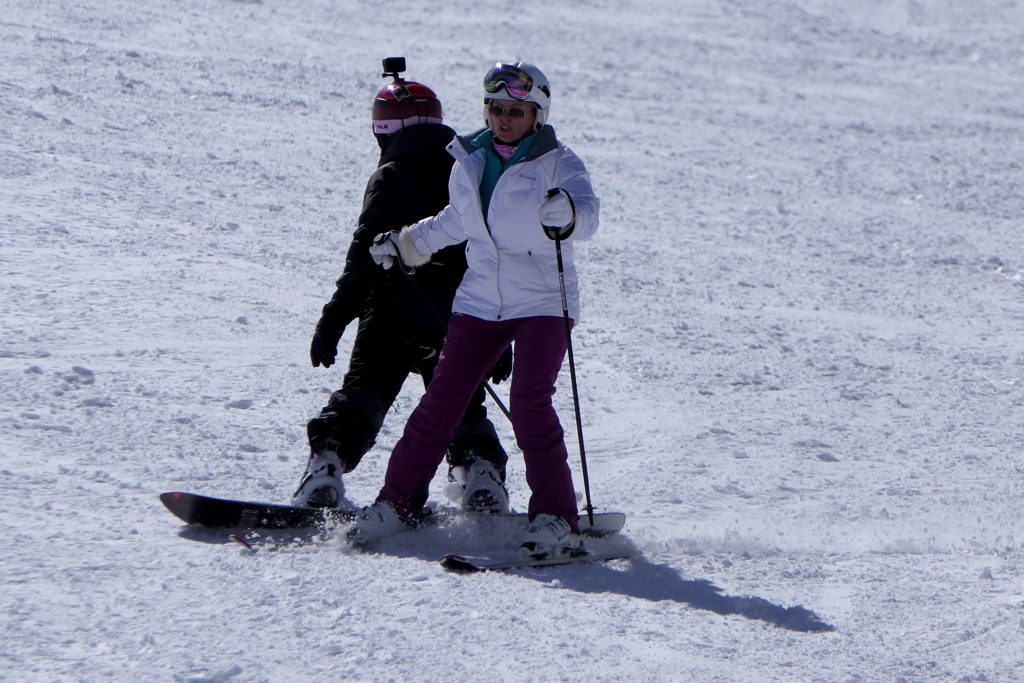Video
The improved dynamics are clearly visible – particularly with Liam but also with Helen where she wasn’t distracted by the steepness – or being run into by a brainless snowboarder literally not even looking where he is going.
Dynamics
- This is mainly about using the outside leg (start of new turn) to push the centre of mass into the centre of the new turn – for the whole duration of the turn
- Notice in the photos below the outside leg is essentially straight in a skating action and flexion for absorption and other purposes is at the hip joint (Skating related photos also below)
- The centre of mass goes down toward the snow – and to complete the turn it comes back up – like a motorbike in a turn

Feet
- Pronation of the subtalar joints of both feet simultaneously to place the feet on their inside edges
- Activation of the adductor muscles of the inner/upper legs
- Subtalar joint, adductor muscles, core all connected with tension when required
- This is for a solid support base for active dynamics/skating – so the ski is not pushed sideways and the centre of mass is moved inward instead

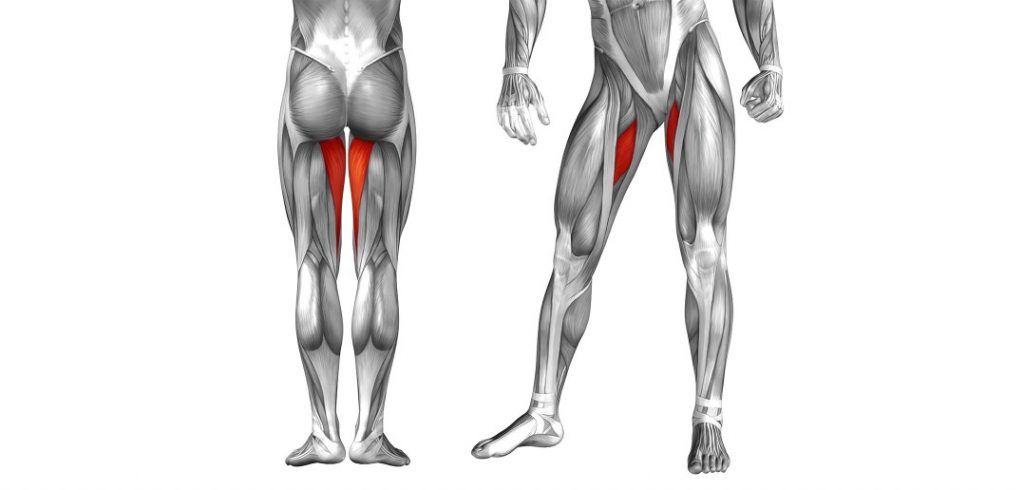
Images Comparing Skating with Skiing
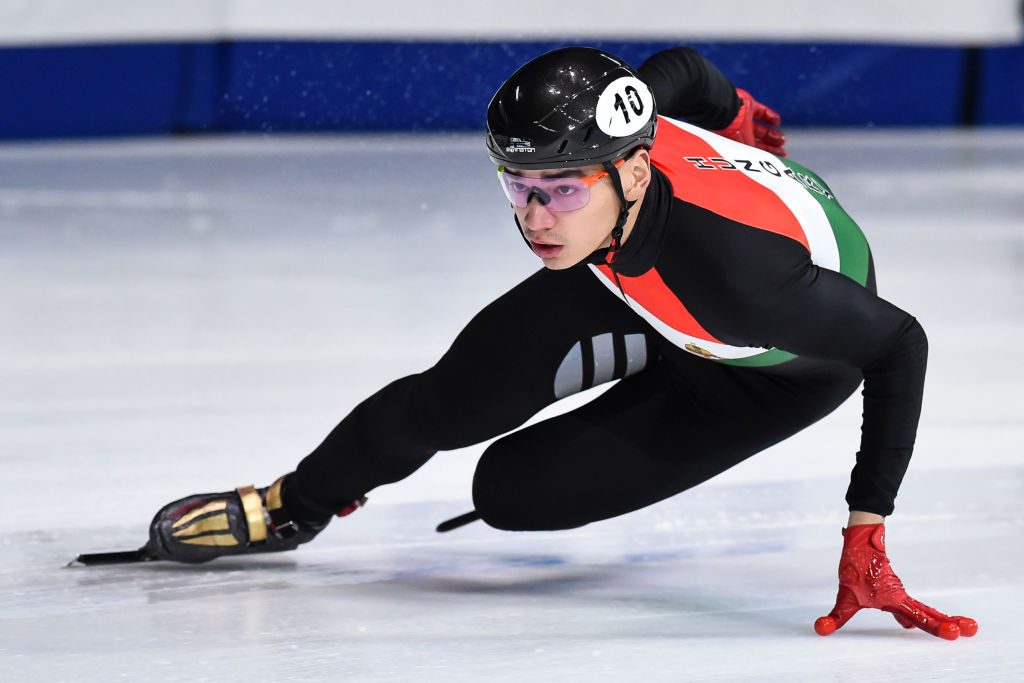
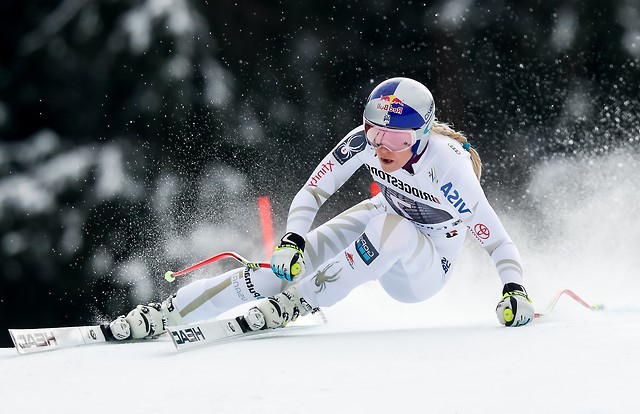
Pivot
- Skis also travel sideways – side slipping
- The ski turns more efficiently into a turn from its outside edge (compared to a stem and inside edge)
- Both feet must still have subtalar joints pronated and adductors and core activated
- This lateral movement requires solid pole planting (downhill) to control the centre of mass
- This is a braking form of skiing (fall-line skiing) – always on the uphill edges
Combining Dynamics and Pivot
- Dynamics depends of forward motion of the skis and lateral falling/pushing of the centre of mass
- Pivot depends on lateral motion of the skis – but always with the centre of mass being driven inward
- The two can be combined – when there is both forward and lateral motion – making overall control of trajectory and speed totally under control of the skier
- The essential element to take from combining pivot and dynamics is to execute the turn transition from the uphill edge of the uphill ski – noting that the ski enters the new turn more easily than when on its inside edge and this also prevents stemming
Body Management
(Hip Angulation)
There’s a compilation of notes on the subject here: http://madeinmountains.com/chiskiing/
Take a look at the two Olympic champion skiers in the photograph below.
Killy’s image from the 1960s has his chest facing downhill whereas Noel’s image from 2022 has his chest facing forward. What Killy is doing destroys your lower back and is probably why he never went on skis again after he stopped racing.

Protecting the Spine
- Hold the front of the pelvis up – aiming for “neutral pelvis”
- During the turn pull the outer hip backwards so that the ski doesn’t pull it in front of your ribs
- Look for a stretch between the ribs and hip joint
- Look for a reflex contraction of the lower abdominals – the postural reflex
- Keep the shoulders/chest following the skis
- Assist the hips to relax by pulling the inside knee and foot toward the outside leg
- Meanwhile move both arms laterally into the new turn to help direct the centre of mass
Source of Hip Angulation
The upper body needs to tilt forward over one hip joint – then rotate around it. This is in addition to pulling back the outside hip etc.
The body shape produced alters the location of the centre of mass enabling pressure on the ski fronts and also greater agility both into and out of turns.
The hip angulation also provides flexion of the hip joint that gives absorption of shocks.
